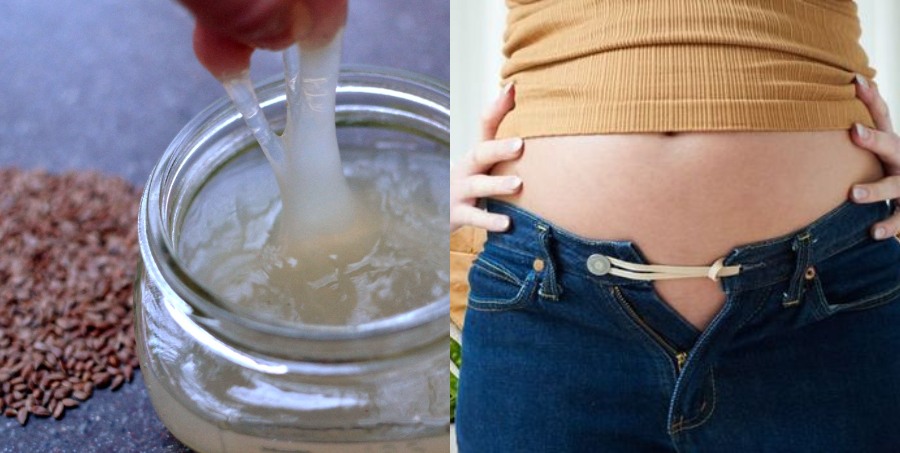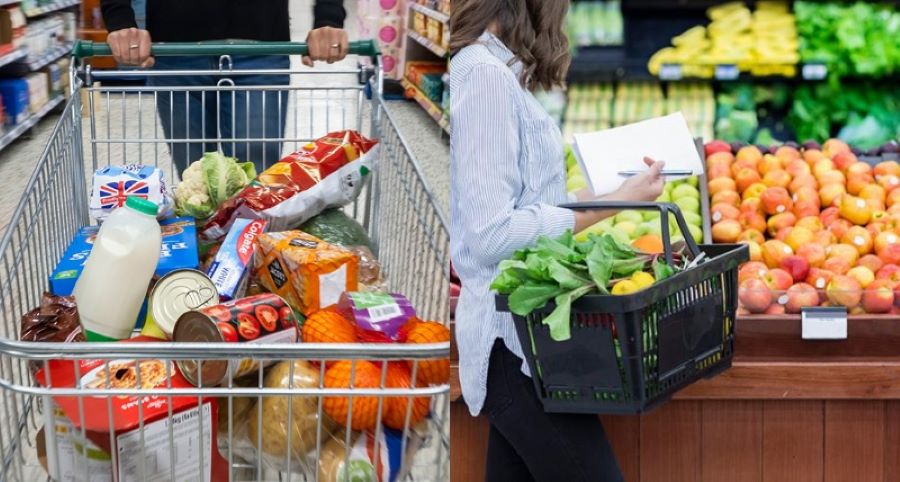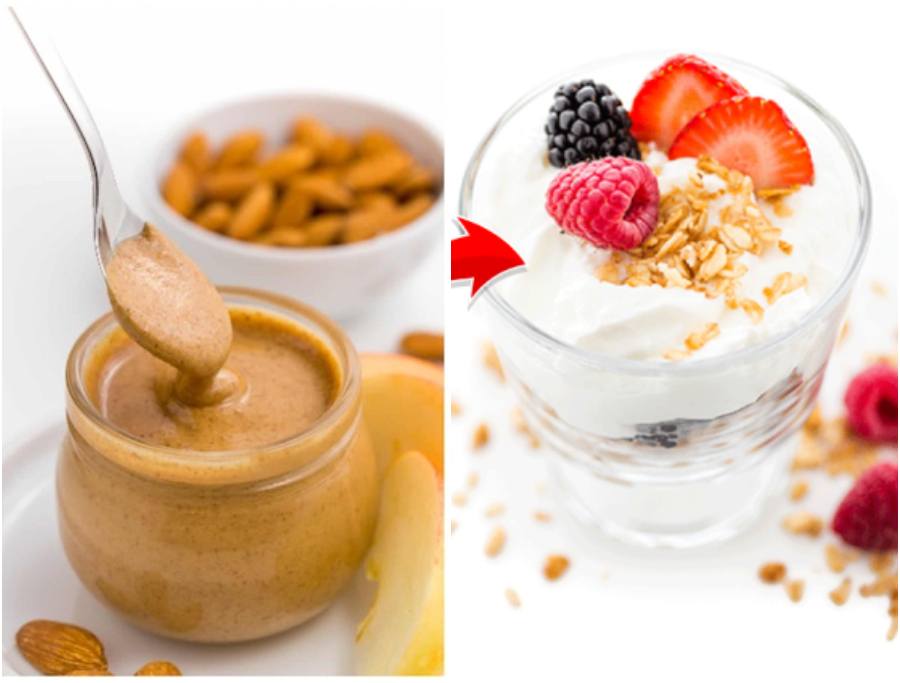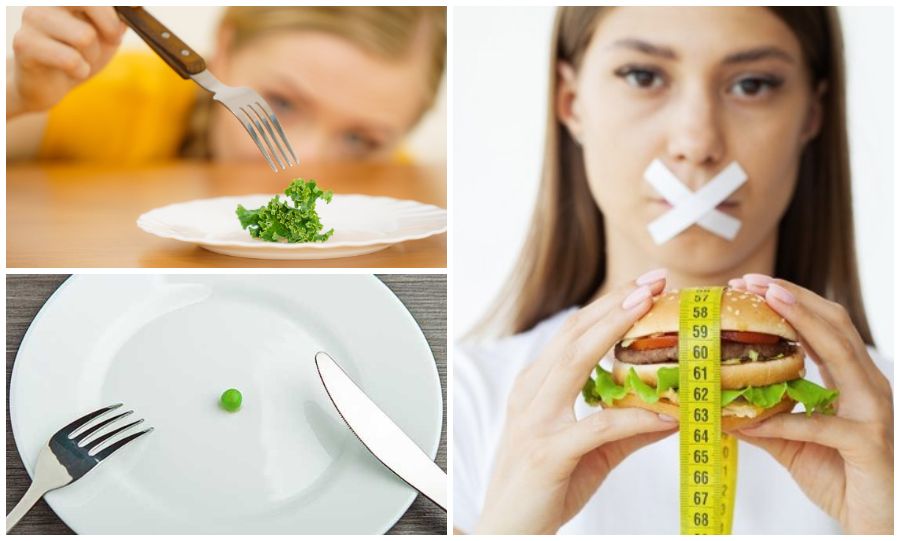A combination of wrong food choices, excessive use of processed food, lack of physical activity, and above all, adulteration of food with toxic ingredients has led to an alarming rise in life-threatening diseases like diabetes, cardiovascular disease, obesity, and even cancer. When you make your grocery list, you should also make a list of what to avoid to eliminate toxic ingredients that can pose a threat to your life. As we have mentioned above, a good chunk of today’s life-threatening diseases are a result of wrong food choices and faulty dietary habits. It is essential to weed out toxic ingredients from your daily food products because they can cause diabetes, high cholesterol, high blood pressure, and weight gain. There was a recent study in the US that stated that over 80% of packaged food in the US is contaminated with at least one toxic ingredient. When a lot of such packaged food items become a part of your daily diet, it becomes a dangerous situation, posing a direct threat to your life. If you are too much into packaged and processed food, you know now why you are not losing weight and frequently falling ill. It is noteworthy that certain studies have also revealed that as your weight increases, so does the risk of getting cancer. The American Cancer Society states that excess body weight contributes to as many as 1 out of 5 of all cancer related deaths. Remarkably, 1 out of 3 deaths are also linked to poor nutrition and physical inactivity. That’s why losing weight, good nutrition, and physical activity is important for all us. To lose weight in a healthy manner without depriving the body of essential nutrition, download Rati Beauty app and subscribe to our diet programs. In this quest, we would like to jot down the list of toxic ingredients that you might be consuming everyday that might increase the risk of heart disease, diabetes, depression, tumors, etc. Remember this rule – the longer the shelf life of your food product, the shorter yours! Also, never trust the “100% natural label.”
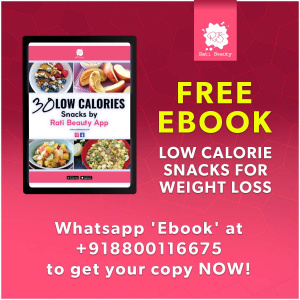

1. MSG (monosodium glutamate) – It is a flavour-enhancing chemical that intensifies the savoury flavour of food. Prolonged use of MSG can cause rise or drop in blood pressure, arrhythmia, gastrointestinal disorders, PCOD, neurological disorders like depression and anxiety. It can also cause obesity, high cholesterol, diabetes, and liver disease. It is most commonly found in Chinese food, diet sodas, instant noodles, fast food, instant soup, canned food, processed meat, salad dressings.
2. Neotame – It is an artificial sweetener and found most commonly on “sugar-free” products. It’s chemically similar to aspartame and metabolizes into formaldehyde. Neotame is particularly in the red list because it has 3-dimethylbutyl which is mentioned in the Environmental Protection Agency’s (EPA) list of most hazardous chemicals. Another variant of neotame, neohexyl-aspartame” should also be avoided. Neotame is most commonly found in packaged juices, chewing gum, diet soda, ketchup, sugar-free desserts.

3. Aspartame – It is also an artificial sweetener that is most commonly found in “sugar-free” products. Aspartame can cause weight gain, alter the gut flora, cause alteration in blood sugar, and also affect teeth badly. Aspartame is commonly found in diet soda, teas, protein shakes, flavoured water, chewing gum, candies, cereals, flavoured yogurt, most of “sugar free” products.
4. Transfat – Transfat are also known as partially hydrogenated oils because hydrogen molecules are added to vegetable oils. This process lengthens the shelf life of vegetable oils and makes them more apt for frying food. Prolonged use of transfat increases bad cholesterol and lead to blocked arteries. Transfat is most commonly found in fried food items like French fries, baked food items, processed food, cakes, biscuits, cookies, butter, crackers, margarine. Hydrogenated fat, shortening fat are different names given to transfat.
5. High-fructose corn syrup – It means corn syrup to which enzymes have been added to change some of the glucose into fructose, making the corn syrup more sweeter than regular corn syrup. It has both glucose and fructose content. It can cause obesity, spike sugar levels, diabetes, and metabolic disorders. Most commonly found in yogurt, bread, frozen pizza, cereal bars, salad dressing, canned fruits.
6. Artificial flavours – Artificial flavours are added to appeal to the tastebuds of consumers. They are made to imitate the original ingredient flavours that have been mentioned by the product. These artifcial flavours are made in labs by combining two or more ingredients. They can cause obesity, metabolic disorders, diabetes, and even depression. Artificial flavours are most commonly found in packaged juices, ice creams, flavoured desserts, and a whole lot of other products that say “completely natural,” even in green tea with mint and other flavours.
7. Artificial sweeteners: As we have mentioned above, artificial sweeteners can cause weight gain, metabolic disorders, and even diabetes. Some commonly used artificial sweeteners are aspartame, acesulfame-K, saccharin, sucralose, neotame, and advantame. They are most commonly found in “sugar-free” products.
8. Polysorbate-80: It is an emulsifier that is commonly used in food products, medicines, and vitamins. It is also used as a de-foamer and a binding product in ice creams, puddings to retain their creamy texture. It is most commonly found in chewing gum, ice creams, condiments, etc. It may cause reproductive disorders, also considered mutagenic.
9. Water contaminated with fluoride: A dosage of 0.7 mg/L is essential to prevent tooth decay; however, bottled water contaminated with flouride have way above level that this recommended one. Excessive flouride can stunt brain development, cause endocrinal disorders, and lead to tooth decay.
10. Sodium benzoate – It’s a preservative that lengthens the shelf life of food items and is considered to be safe in low doses. It is usually used as a preservative in fruit juices, pickles, and soft drinks. However, when sodium benzoate gets mixed with vitamin C, benzene is created and benzene is a carcinogen!
11. Sulfites – Sulfites are most commonly used in wine and packaged cereals. Sulfites prevent color change in baked food items and wine. They are added in cereals containing dehydrated fruits to preserve their color. Sulfites can cause allergic reactions, headache, and dizziness. Avoid sulfur dioxide, potassium bisulfite, potassium metabisulfite, sodium bisulfite, sodium metabisulfite.
12. TBHQ: Tertiary butylhydroquinone is a food additive that can cause asthma, hyperactivity, ADHD, and dermatitis in children. Lab tests have even reported cancer in rats. Do you know eating more than 5 gm of TBHQ can cause death. It is most commonly found in chicken nuggets, noodles, instant pizza, and in junk food.
13. Sodium nitrite: It’s a commonly used preservative used in meat products, smoked fish and packaged meat to add color and flavour. It prevents microbial growth also. It is particularly dangerous because high temperature can release carcinogens from sodium nitrate and sodium nitrite.
14. Butylated hydroxyanisole (BHA) and butylated hydroxytoluene (BHT): These two chemicals are preservatives that prevent fats and oils from going bad. They are most commonly found in cereals, potato chips, vegetable oils, and also chewing gum. BHA and BHT oxidize in the body that can potentially cause cancer.
15. BPA (bisphenol A) and BPS (bisphenol S) – These are used in the manufacture of plastic and resins. BPA is linked to increase risk of breast cancer, neurological disorders. It is commonly found in canned food like coconut milk, soups, fruit juices, canned food, and even plastic water bottles. It is also most commonly used in plastic food packaging and water bottles.
16. Glyphosate – It is a herbicide which is found in non-organic food products. It is most commonly found in wheat-based products, soybean. It is a herbicide and a chemical which should not be in any food product.
17. Yellow #5 – It’s an artificial food color that is most commonly found in candies, cereals, jams, pasta, macaroni, cheese, ice cream, potato chips, etc. It is added to enhance the appearance of food but yellow #5, Red #40, and yellow #6 are usually contaminated with known carcinogens and should be avoided.
18. Blue #2 – Just like yellow #5, blue #2 is added to enhance the appearance of food. It is most commonly found in processed snacks, baked products, cereals, ice cream, frozen desserts.
19. PGA – Propylene glycol alginate is a stabilizer and thickener used commonly in yogurt, jellies, ice cream, and chewing gum. Overdose of PGA can lead to nausea, vomiting,
20. Sodium Carboxymethylcellulose: It’s a thickener and stabilizer used in ice creams, fruit squash, baked food items, and also milk to prevent sedimentation, layering, and condensation. It can cause vision changes, hives, and even breathing difficulty.

